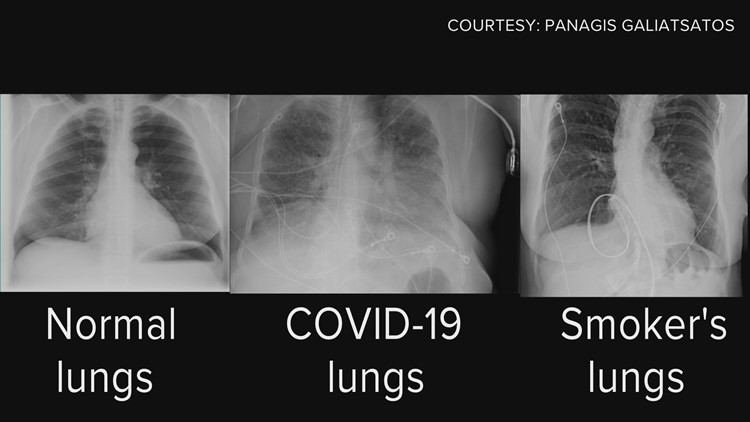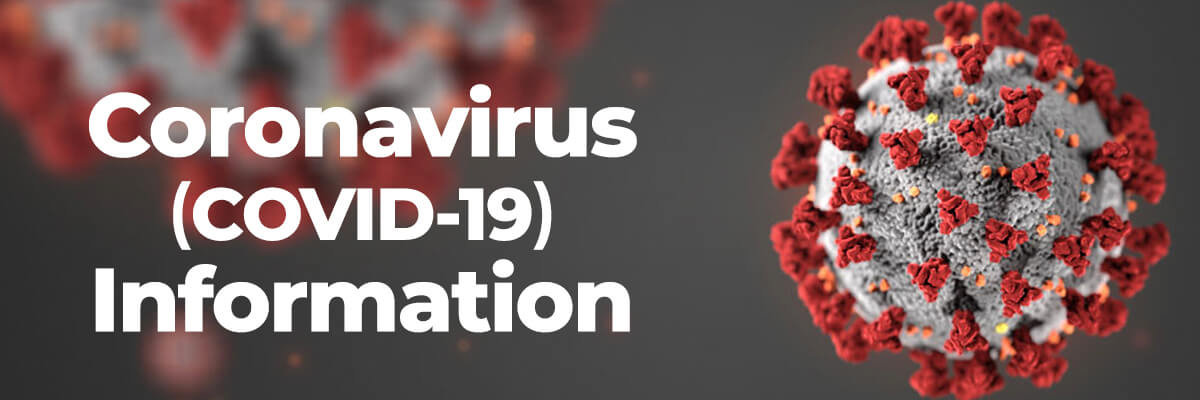

The lack of bacterial or viral co-infection suggests that the observed septic shock and/or organ damage may have been directly related to SARS-CoV-2. In these studies, the great majority of patients tested negative for co-infection of bacteria and viruses.
#COVID AND PHENOMENA SERIES#
The other series reported acute kidney failure in almost 20% of affected patients requiring ICU care. More than 30% of patients in one series had evidence of liver injury and 75% had evidence of a depressed immune response. The overall organ damage among these patients was also substantial. Two published case series about patients with severe COVID-19 from the Seattle, WA, area reported septic shock severe enough to require drugs to support the heart and circulation in almost 70% of patients. Research suggests that COVID-19 may lead to sepsis due to several variables, including direct viral invasion, the presence of a bacterial or viral co-infection, and/or the age of the patient. Bacterial, viral and fungal infections can cause pneumonia and therefore sepsis. Pneumonia is severe lung inflammation that occurs in response to an infection in which the air sacs fill with pus, making it difficult to breathe. Many different types of infections can cause sepsis, but the most common cause is pneumonia.


In the U.S., one in three patients who die in a hospital die of sepsis. The Global Sepsis Alliance has stated that COVID-19 can cause sepsis, the body’s overwhelming and life-threatening response to an infection that can lead to organ damage and death.


 0 kommentar(er)
0 kommentar(er)
